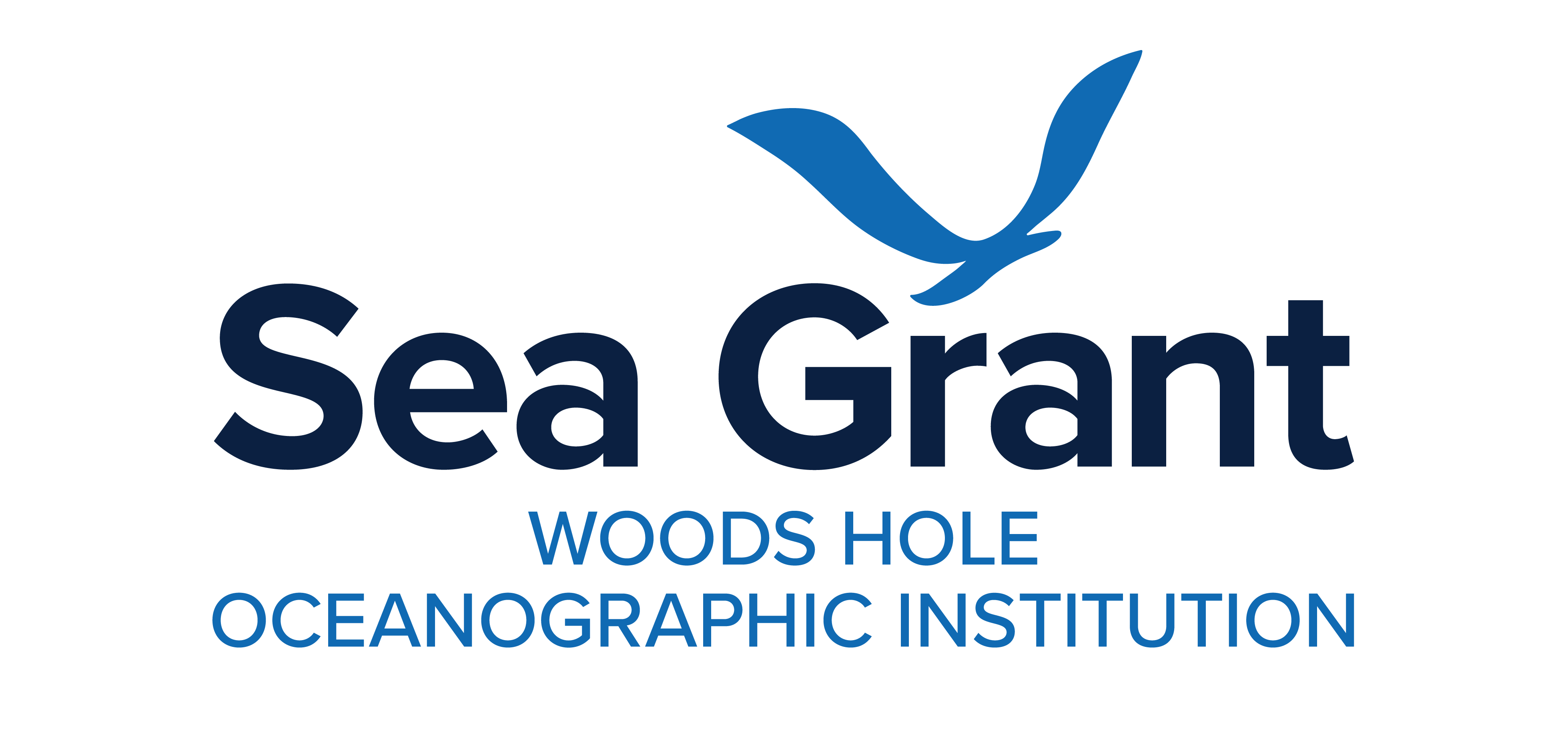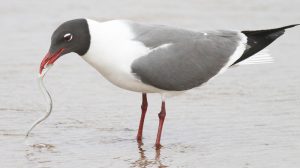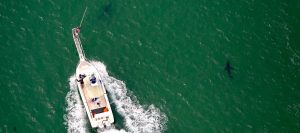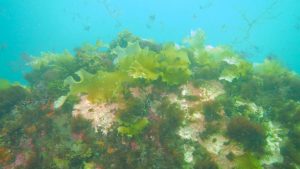Search results for: Call%201800-299-7264%20To%20Book%20%20United%20Airlines%20Basic%20Economy
WHOI-R-80-019 Aubrey, David G. Our Dyn
WHOI-R-80-019 Aubrey, David G. Our Dyn
Read MoreWHOI-R-93-009 Liu, J.T. Morphodynamic Evo
WHOI-R-93-009 Liu, J.T. Morphodynamic Evo
Read MoreAn Ethogram of Body Patterning Behavior in the Biomedically and Commercially Valuable Squid Loligo pealei off Cape Cod, Massachusetts
An Ethogram of Body Patterning Behavior in the Biomedically and Commercially Valuable Squid Loligo pealei off Cape Cod, Massachusetts Hanlon, R.T., M.R. Maxwell, N. Shashar, E.R. Loew, and K.-L. Boyle Biol. Bull., Vol. 197, pp. 49-62, 1999 WHOI-R-99-005
Read MoreSea Grant Two if by Sea Vol. 9 No. 1 A joint n
Sea Grant Two if by Sea Vol. 9 No. 1 A joint n
Read MoreHistoric Shipwreck Management: Meeting of Experts
Historic Shipwreck Management: Meeting of Experts Hoagland, P. 23 pp., 1992, $3.00 WHOI-W-92-001 There has been spectacular growth in the demand for and resource value of submerged cultural resources such as historic shipwrecks. The pace at which technology is providing access to submerged cultural resources appears to have outstripped institutional abilities to ensure resource conservation.…
Read MoreThe Little Fish with a Big Impact
In the Gulf of Maine, there’s a little eel-like fish not much bigger than a large pencil, that buries itself in the sand in the summer and swims up and down in the water column in the spring and fall. It’s called a sand lance and it’s incredibly important to the ecosystem of the Gulf of Maine. If you like whale watching, this little fish is the biggest reason you might or might not see a whale:
Read MoreShark Research: The Rewilding of Cape Cod
A fatal shark attack in Wellfleet on Cape Cod in 2018 has heightened the focus on protecting beachgoers from sharks. While the means of doing that is a subject of intense debate, many proposed actions involved new technologies and the need for increased awareness of sharks in the environment. Three new research projects funded by…
Read MoreJune 2018 Newsletter
Coastal Impacts Woods Hole Sea Grant Newsletter June 2018 From the Director With the summer upon us, many locals and frequent visitors to the Cape will be returning to their favorite beaches to find them quite different than last year. Perhaps there are fewer parking spaces or the beach access has been relocated. The past…
Read MoreThe Kelp Forests of New England
New England isn’t known for its kelp forests the way California and other parts of the world are. But the truth is, below the surface of both inshore and offshore waters throughout New England, especially in areas that have rocky bottoms and a lot of wave action, there are “lush rolling meadows of kelp,” according…
Read MoreThreat to the Freedom of Scientific Research in the Deep Sea?
Threat to the Freedom of Scientific Research in the Deep Sea? Ross, D.A. 1978 WHOI-R-78-002
Read More


